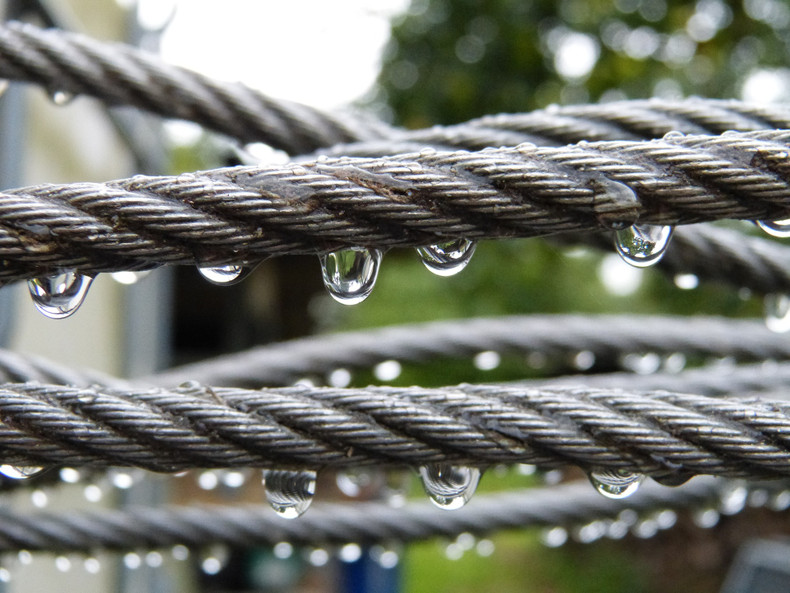Have you been curious where the term "guy wire" came from? Perhaps you've wondered whether the correct term was guide wire or guy wire? Don't worry, we're here to provide the clarifications for you as well as answering the question, "what is a guy wire" for those who are completely new to them. Guy wires (also known as guy anchors, guy strand, wire rope, and aircraft cables) are a crucial part of many constructions that need stability and support, including telecommunication towers, power transmission towers, and wind turbines. These tensioned cables can also be made of other materials, such as aluminum or composite fibers, but are commonly made of high-tensile steel wire. Guy wires that are fixed to the ground give the structure lateral support so it can withstand wind and other outside forces, increasing a structure's longevity and functionality by ensuring stability and safety in conjunction with other structural elements.
The name "guy" in "guy wire" is said to have derived from the infamous Guy Fawkes, a 17th-century English conspirator who attempted to explode explosives in the Houses of Parliament. Once Fawkes' plot failed, the British government had him hanged from a scaffold. The builders fastened ropes to the ground, offering the essential support and stability, preventing the structure from collapsing. The name "guy wire" was later used to refer to the tensioned cables that are frequently used today because through time the term "guy" grew to be linked with ropes or cables that provided support and stability for constructions.
Guy wires and aircraft cables have become more and more important as buildings have gotten taller and more intricate, assisting in preventing sway and vibration in the building, which can result in damage or collapse in addition to offering stability and support. Their connection creates triangular or quadrilateral knots with uniform distribution of weight as well as low structural stress. An analysis ofttheir historical use demonstrates their prevalence in ancient times, where ropes were leveraged to provide support for tall structures such as masts on ships and wooden towers. With the advent of steel wire ropes in the early 19th century, engineering capabilities increased substantially, allowing for even taller and more intricate structures to be erected with greater ease. Aircraft cable installation and tensioning process must be done correctly to guarantee the structure's lifespan and safety.
The use of guy wires is a crucial component in ensuring the stability and safety of various structures, acting as safeguards for equipment and various objects, preventing them from falling or toppling over and resulting in damage being caused. Thus it can be inferred that guy wires are an essential feature of many structures since they provide stability and support in numerous applications. Across different eras - ancient times through modernity - these tensioned cables have played a crucial role in shaping our contemporary world. The term "guy" in "guy wire" has a fascinating origin story that can be traced back to Guy Fawkes and his botched plan to blow up the Houses of Parliament. The proper installation and tensioning of guy wires are essential for the longevity and functionality of any structure, and it is essential to take these factors into account to guarantee the safety of people and property alike.


